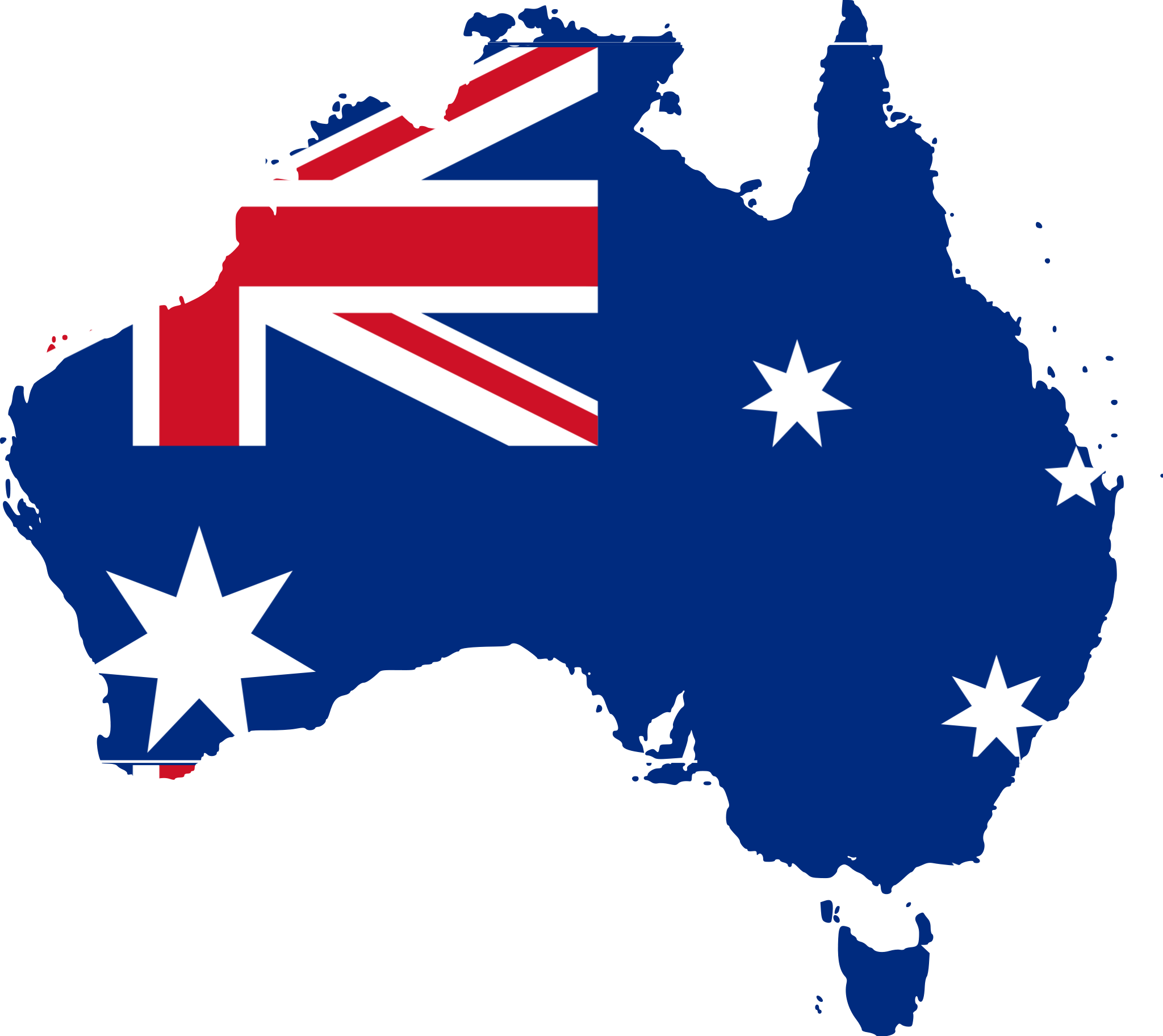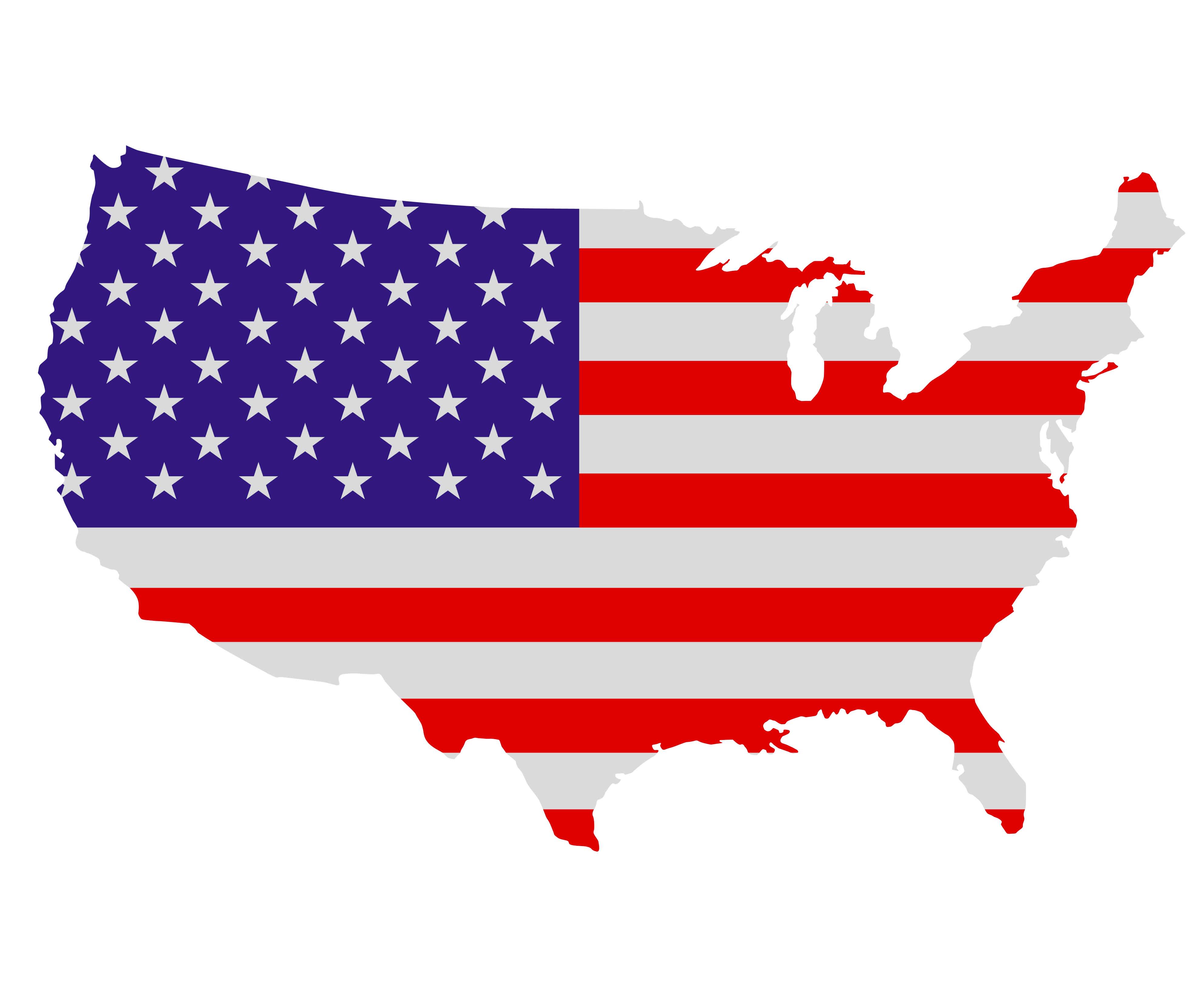Australia should’ve won the 2014 World Cup (if it was based on Direct Debit use)
Last editedJune 20242 min read
Here at GoCardless, we’ve gone a little World Cup crazy with a sweepstake, decorations, team events and lengthy discussions over lunch about who will win this year. And after England got knocked out we started thinking – what if the World Cup wasn’t about football – what if it was based on Direct Debit?
Sadly, England still wouldn’t have won although we would have at least made it out of the group stages but we did find some surprising (and some unsurprising) results based on the Bank for International Settlements’ Statistics on payment, clearing and settlement systems in the CPSS countries December 2013 report.
1. Percentage of total value of transactions

Despite Van Persie and Robben firing on all cylinders, Australia would not only have managed to get out of the group stages ahead of the Netherlands but would have gone on to win the World Cup if it were based on the percentage of total transaction value taken by Direct Debit. In Australia, Direct Debit makes up over 40% of the total value of payments – incredible when you consider that Direct Debit only makes up 10% of the number of transactions.
In contrast, while Direct Debit accounts for 18.5% of the number of transactions in the UK it only accounts for 1.4% of the total value.
2. Percentage of total number of transactions

Based on the proportion of payments taken by Direct Debit, rather predictably (in both the Direct Debit and football worlds), Germany would beat Brazil in the final to be crowned 2014 World Cup winners. And with 48.4% of transactions in Germany being made using Direct Debit (more than double any other World Cup competitor) their path to the final would be an easy one.
With 18.5% of payments in England being made by Direct Debit, they would make it out of the group stages only to be knocked out in the quarter finals by the Netherlands.
3. Total value of Direct Debit transactions

Perhaps unsurprisingly, the US would win this one. More surprisingly, England would’ve reached the semi-finals to then (unsurprisingly) get knocked out by Germany (those were the days - when Germany knocked us out on penalties!).
So what could we learn from these World Cup winners?
In the UK, Direct Debit is traditionally seen as a payment method for fixed, regular customer payments like utility bills, mortgage repayments or insurance premiums. While Direct Debit is great for these payments – and as such is used for these around the world – countries like Australia and Germany have found the benefits of Direct Debit can apply to a whole range of transactions.
Direct Debit can be used for more than just regular, fixed payments. Both Australia and Germany use Direct Debit for a whole range of transaction types including one-off and variable payments. In Germany, Direct Debit (or elektronisches Lastschriftverfahren or ELV) is one of the most popular payment methods and is used for almost everything – even in the supermarket and for 11.9% of all retail payments.
Direct Debit is great for B2B – not just B2C. In Australia, Direct Debit is commonly used by large enterprises to collect payments from commercial clients. We have started to see this shift in the UK - over 25% of B2B payments are now being made via Direct Debit, however, due to the risks associated with chargebacks most of these are for small utility style payments. There is therefore still considerable room for growth – particularly as we move towards SEPA – so we may see more and more businesses reaping the benefits of B2B Direct Debit payments in the near future.
If you’d like to find out more about whether Direct Debit could help your business check out our guide to Direct Debit.
